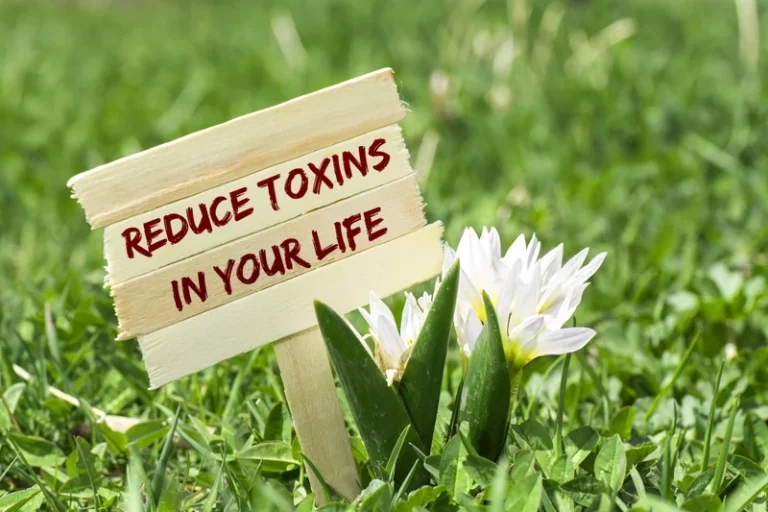
Other models of addiction emphasize the role that https://ecosoberhouse.com/ social and economic factors play in shaping behavior, such as the strength of family and peer relationships and the presence of absence of educational and employment opportunities. Instead, research indicates that it is more related to what else is, or isn’t, going on in a person’s life that makes the sensation a substance induces so attractive. The National Survey on Drug Use and Health states about 180 million people aged 12 or older reported past-year drinking in 2018. Many individuals drink more than is recommended and may be abusing alcohol. Alcoholism, excessive and repetitive drinking of alcoholic beverages to the extent that the drinker repeatedly is harmed or harms others.
undefined This large treatment gap allows clinicians to diagnose a prevalent medical condition with devastating health and societal consequences.
|}
Family History With Alcohol Addiction

However, most people with AUD—no matter their age or the severity of their alcohol problems—can benefit from treatment with behavioral health therapies, medications, or both. While the exact causes of alcoholism are not known, a number of factors can play a role. The condition is likely the result of a combination of genetic, social, psychological, and environmental factors. Today, we know that the symptoms of alcoholism can vary from one person to the next. Because the condition is progressive, these symptoms may increase over time in terms of the number of symptoms, their severity, and their impact.
Impact on your health
Rather, there are probably a large number of genes, each with rather small individual effects, that affect the risk of developing alcoholism. Recent evidence indeed suggests that much of the genetic risk is not due to neurological vulnerability but to a heightened resistance to the unpleasant side effects of heavy alcohol consumption. As a corollary to this evidence, a genetic defect has been identified that interferes with the degradation of acetaldehyde (a metabolic product of alcohol).
Dual addictions and dependencies
Alcohol use disorder (AUD), or alcohol addiction, occurs when a person can’t control their drinking. Alcoholism, referred to as alcohol use disorder, occurs when someone drinks so much that their body eventually becomes dependent on or addicted to alcohol. Heavy drinking can fuel changes in the brain—about half of people who meet the criteria for alcoholism show problems with thinking or memory, research suggests. The ability to plan ahead, learn and hold information (like a phone number or shopping list), withhold responses as needed, and work with spatial information (such as using a map) can be affected. Brain structures can shift as well, particularly in the frontal lobes, which are key for planning, making decisions, and regulating emotions. But many people in recovery show improvements in memory and concentration, even within the first month of sobriety.
Physical Signs of Alcoholism
- Thus, although the frequency of alcohol-related problems is highest among men aged 18–30, the development of chronic alcohol dependence for both men and women is most common from ages 25 to 50.
- As anyone who has had even a glass of wine can attest, alcohol can have a noticeable influence on mood.
- Alcohol is the most commonly used substance in the United States, with 84% of people 18 and older reporting lifetime use, according to data from the 2022 National Survey on Drug Use and Health.
- This is what makes it difficult for heavy drinkers to quit and can cause uncomfortable withdrawal symptoms.
The reason may be that alcohol tamps down working memory and therefore sparks people to think outside the box. The American Medical Association recommends a two-drink daily limit for people assigned male at birth (AMAB). Heavy drinking in this population is five or more drinks in one day or 15 or more drinks in a week. People assigned female at birth (AFAB) should limit drinking to one drink a day. Heavy drinking in this population is four or more drinks a day or eight drinks a week. We’re here 24/7 to help guide you or your loved on through rehab and recovery.

Among adolescents with serious mental health conditions, more than 60% also use substances and can have a substance use disorder like alcoholism. Stress is a risk factor for many kinds of nonadaptive behavior, and addiction is one. Researchers have long linked the effects of chronic stress to alcohol use. There is some research to support the view that adverse events in childhood and in adulthood change the responsiveness of brain systems. Stress also increases the risk of mood and anxiety disorders, which are linked to addiction.

Social and Psychological Causes of Alcoholism

Comprehensive recovery plans may include inpatient or outpatient treatment, medication-assisted therapy, counseling and support groups. It makes you aware of triggers and may motivate you to seek additional help from a counselor or support group. Participating in ongoing treatment methods provides you with a greater chance for long-term sobriety than those who do not continue recovery with maintenance programs. Additionally, alcohol manufacturers are bombarding the general public with advertisements. Many of these ads show drinking as an acceptable, fun and relaxing pastime. In just four decades – between 1971 and 2011 – alcohol advertising in the United States increased by more than 400%.
- The desire to fit in and be well-liked may cause you to participate in activities that you normally wouldn’t partake in.
- Having an impulsive personality plays into the decision to seek rewards despite negative repercussions.
- Common withdrawal symptoms include nausea, trembling, depression, headaches and excessive sweating.
- You might be prescribed medication to help with your condition in severe cases.
- The functional alcoholic often uses this stereotype to their advantage and hides behind it as an excuse to keep drinking.

Call now to connect with a treatment provider and start your recovery journey. Career paths that are more likely to face high levels of stress due to long hours and strenuous tasks include doctors, nurses, emergency rescue workers, construction workers and military. It’s important for professionals of any alcoholism industry to find other ways to de-stress in order to prevent alcohol abuse. In recent years, studies have explored a possible connection between your environment and risk of AUD.

Add Your Comment